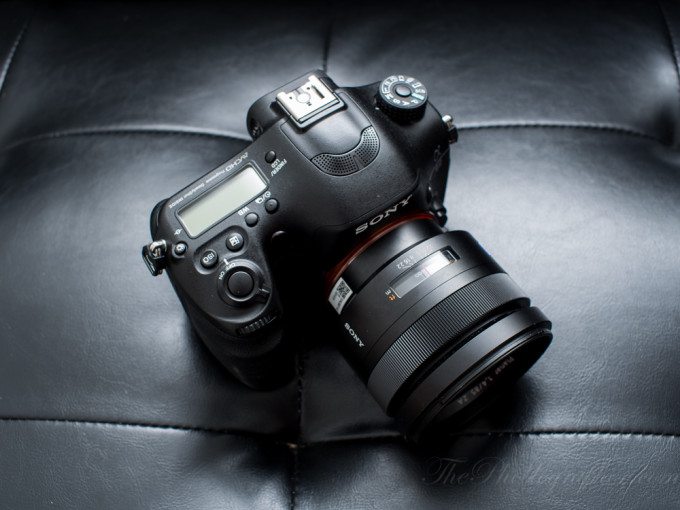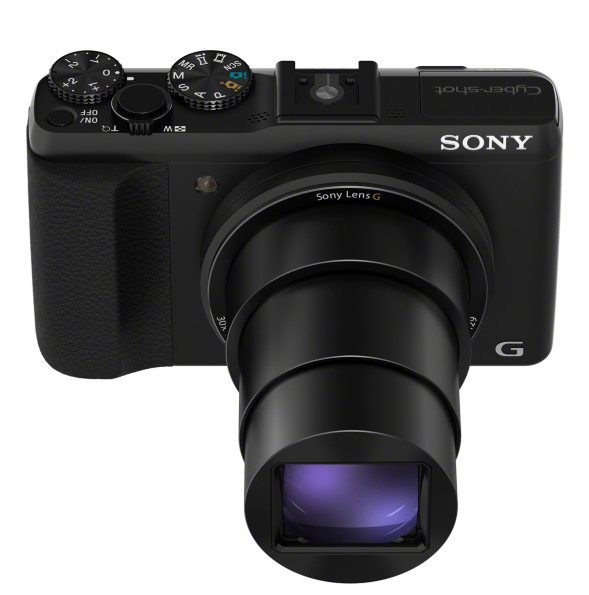
Are DSLRs really set for a comeback? More importantly, are they only set for a comeback because of how monotonous digital cameras have become? Well, if sales on the second-hand market are anything to look at, Sony’s A-mount lineup of cameras hold their value so much more than some of their mirrorless lineup of cameras. In fact, both the Sony a900 and the Sony a99 hold their value much better than the Sony a7 original. This goes way against the conventional thought process, though at the same time, it also makes sense. Is the Vintage Digicam market about to get out of hand?
Experts in This Article
To pursue better journalism, the Phoblographer is actively working to put our sources up front to combat misinformation and hearsay that otherwise taints the credibility of facts. Here are our sources, along with links to where you can find out more about them and some information on why they’re considered experts in their field.
Sony’s Resell Value: The Sony A900 is a Leader
For years, Sony products have been replaced at a very furious pace. It forced the rest of the camera manufacturers to do the same thing. In addition to that, even though Sony will sell a camera like the Sony a7 II as brand new, they won’t offer firmware updates for it.
Canon and Leica are the brands that traditionally hold their value on the second-hand market. Sony and Minolta have never shared the same spotlight. However, with the used-camera market, this Vintage Digicam is making a comeback.
However, Sony’s much older cameras are really holding their value. The Sony a900 can be found going for over $400 on eBay. So too can the Sony a99. Discontinued in 2019 when Sony announced the end of A-mount, the a99 II can also be found at higher prices than the a7 original. Granted, the A7 II can be found at prices comparable to these DSLRs — but that camera is also still sold brand-new in stores often.

If you look up the original Sony A7, it’s often being sold for much less—even in very good condition. In fact, I still own the original Sony A7 and converted it to full-spectrum thanks to Kolari Vision. It gave the camera some much-needed new life—even if I barely ever pick it up.
This, of course, is mostly the case for Sony’s more consumer-ended cameras. At the higher end, cameras like the original Sony A9 hold their value, and cameras like the Sony A9 III are expected to hold their value even after they have been discontinued.
What’s even more curious about this is the support that Sony received during its phase of making DSLRs. Third-party support wasn’t as prevalent as it was for Canon and Nikon. In fact, we rarely received A-mount products from third parties at all. That only changed when Sony launched their full-frame mirrorless cameras.
The Nostalgia Market of the Vintage Digicam
Miguel Quiles — a Sony Artisan, YouTuber, and working photographer — has spent over $15,000 on his retro and vintage Sony/Minolta camera collection
So why are the prices of these cameras shooting up? “Nostalgia,” theorizes photographer and Sony Artist Tony Gale in a quote given to the Phoblographer. “I think that once something is old enough, people think fondly of it and want to go back to it. But that’s for more than just photography.” Tony references how some folks think nothing of a 15-year-old car but go for the one that’s 30 years old instead.

Tony is also charmed by nostalgia and admits to buying and retaining a few older Sony cameras. He owns the Sony a100 — which is the first camera that they made when they took over Minolta. He also still owns the a99 and the a77 — though they tend to get loaned out to friends more than actually see use. Though he’s not privy to how Sony makes their decisions, he doesn’t think that returning to the world of DSLRs would make a lot of sense. In fact, it would negate the nostalgia factor.
Hype like this was from compact cameras, and it’s theorized that now, that hype is jumping over to DSLRs. “Maybe instead of buying a compact camera, they’re getting an older DSLR that gives an early digital look that people are finding appealing right now,” says photographer Andrea Pizzini. Pizzini takes lots of masterful artistic photos but is better known as the man behind Sony Alpha Rumors and his YouTube channel.
Others tend to agree! For example, Gordon Laing of Camera Labs says that influencers have disrupted the entire market. Gordon owns over 60 vintage digital cameras and genuinely loves the idea of recycling these cameras instead of having them end up in landfills. He wants to add even more to his collection — especially important models. But he can’t because they’re so expensive now. “The moment that it’s featured by someone interesting, the price gets raised,” he tells the Phoblographer in an interview. And some of it is due to a type of misinformation.
Gordon has been testing cameras for longer than the 15 years I’ve been running the Phoblographer. He attributes influencers spreading misinformation about these cameras. “Some people genuinely believe that a CCD sensor will deliver better results than CMOS,” he explains, further stating that they’re not at all superior to CMOS. However, he acknowledges that cameras like the Leica M9 are a rare exception because they used a Kodak CCD. Systems like Leica are also a more complete option with lots of lenses available.
Further, he detests the belief that vintage digicams can produce a film-like quality. “What is true is that they’re delivering a different look,” says Gordon. The older JPEG engines back then were terrible. It gave birth to the Shooting RAW mentality.”
These cameras are statement pieces. It looks different and feels different, and ultimately, that’s the appeal of vintage cameras.
Gordon Laing
Miguel Quiles — a Sony Artisan, YouTuber, and working photographer — has spent over $15,000 on his retro and vintage Sony/Minolta camera collection. It includes very rare cameras — and he’s all about the nostalgia. Of note, Miguel likes the designs from the 2000s and 90s when he felt companies were taking chances on their designs. “People are intrigued by the older cameras,” Miguel tells the Phoblographer, specifically citing the fact that some of these cameras could be taken out of a shirt pocket to snap an image.
“I think there’s this trend where photographers want to go back and use some of the things their parents or grandparents used to use and have the experience that they weren’t familiar with,” Miguel states when explaining the nostalgic hype. “The newer cameras have so much resolution and great autofocus, it’s very hard to take bad photos with newer cameras from Sony. So people are trying to technologically limit and challenge themselves and bring themsleves to a time when people worked really hard for a photo; and those older cameras allow them to do that and experience that.” So for that, folks are hitting up the used market.
Indeed, Miguel states that people can buy vintage and retro high-end cameras for reall cheap these days that have pretty modern features. More importantly, folks can do it for very little money. But at the top of all that is the fact that it’s so unique. Every time he pulls out a vintage camera around folks, they’re in awe of it. When he pulls out a modern camera, folks know that he’s working.
Miguel’s Favorite Retro Sony Cameras

So, what’s Miguel’s favorite retro and vintage digicam? Well, he’s got a few:
- Sony DSC-U50: Really cool design, and its small with a 2MP sensor.
- Sony DSC-F828: Really cool design with the way the body and the lens are. He loves the grip. Plus, there’s a four-color CCD, the first nad only camera with that.
- Sony DSC-HX50v: This is a more modern camera that has the Sony multi-interface shoe and doesn’t use the older Minolta hot shoe. So he can use it with modern studio flashes. But it’s really small.
Can the DSLR Really Return?
“I think that once something is old enough, people think fondly of it and want to go back to it. But that’s for more than just photography.”
Tony Gale
With the trend of DSLRs and vintage digicams becoming more prevalent, is it time for us to revive the DSLR in some way? Many have complained that modern cameras are often too clean and tend to be boring. What’s more, manufacturers have leaned more into a market that they bill as “creators.” Instead of separating a camera out to do video or stills, they try to pack everything into a single device. This has been the thought process since the 5D Mk II launched. But in the long run, it has meant that the photography side of the device gets sacrificed. Folks have long thought that photography is dead and that the still-image is dead because of how social media platforms value video instead. However, this evidence could point to a truth that we’ve said for years: social media isn’t everything
Could the DSLR really return? No — most likely not in the way that they’ve been thought of. But manufacturers could surely make products with fewer features and more daring designs to break up the monotony. I know that I’d pay good money for a Pentax medium format DSLR that uses their 67 mount lenses.
M
F
H

